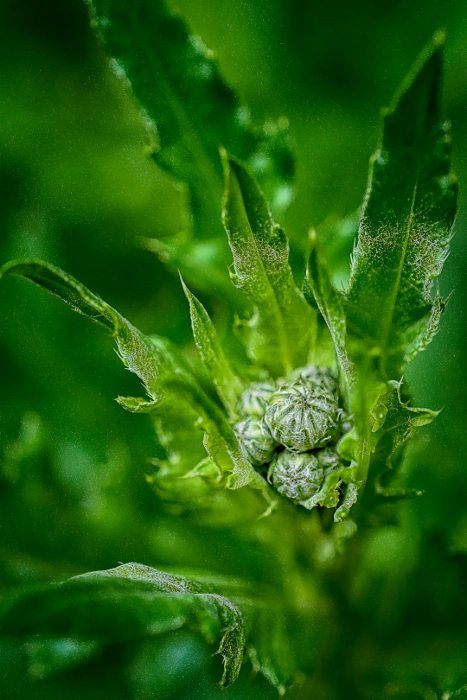Parable of the weeds

The Parable of the Weeds, also known as the Parable of the Wheat and Tares, is found in the Gospel of Matthew (Matthew 13:24-30, 36-43). In this story, Jesus compares the kingdom of heaven to a field sown with good seed by a farmer. However, during the night, an enemy comes and sows weeds among the wheat. As the plants grow, the servants notice the weeds and ask the farmer if they should pull them out. The farmer instructs them to let both grow together until the harvest. At that time, the reapers will separate the weeds to be burned and gather the wheat into the barn.
In explaining this parable, Jesus reveals its symbolism. The sower of the good seed represents the Son of Man (Jesus Himself), and the field is the world. The good seeds are the “sons of the kingdom” (people who follow God), while the weeds are the “sons of the evil one” (those influenced by evil). The enemy who sows the weeds is the devil, and the harvest represents the end of the age, with the harvesters symbolizing angels who will separate the righteous from the wicked.
This parable addresses the problem of evil and the coexistence of good and evil in the world. Jesus acknowledges that in this world, righteous and unrighteous people will exist side by side. In the same way, the wheat and weeds grow together, and it’s often challenging to distinguish one from the other at early stages. Ancient Palestine had a common weed called “darnel” that looked almost identical to wheat when young, making separation difficult. Jesus uses this reality to illustrate that judging who is righteous and who is wicked is not something humans can do with complete accuracy.
The farmer’s decision to let both grow until harvest time suggests patience and mercy. By waiting until the end, the farmer prevents the good wheat from being accidentally uprooted along with the weeds. Likewise, in God’s kingdom, this waiting period allows more time for individuals to change, grow in faith, and come to understand their purpose. The parable reveals God’s patience, giving every opportunity for transformation before ultimate judgment.
The final separation at the harvest is a warning about accountability. Jesus’ teaching reminds people that while the current world might be a mix of good and evil, there will eventually be a time when the two are separated. The harvest metaphor represents divine judgment, where each individual is accountable for their actions. The righteous, symbolized by the wheat, will be gathered into God’s kingdom, while the wicked, represented by the weeds, will face judgment.
The parable invites us to focus less on attempting to judge others and more on nurturing our own faith. Since humans cannot always discern inner motives or intentions, it’s best to leave judgment to God. This parable is both a caution and an encouragement: while evil may temporarily flourish, God will ultimately establish justice, and the faithful will be gathered into His kingdom. In the meantime, the faithful are called to live with patience, trust in God’s timing, and compassion toward others, recognizing that each person has the potential for transformation.